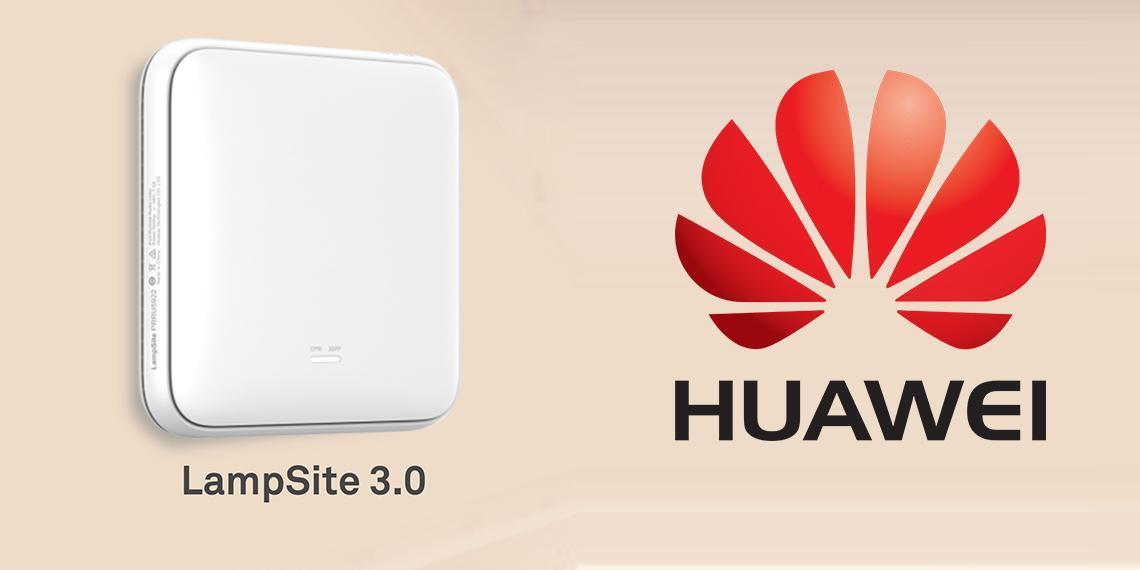During its participation at the 2017 5G MENA Forum in Dubai, Huawei has released its LampSite 3.0 for enabling indoor digital economy, a revolutionary solution that offers full bandwidth on multi-frequency bands and extends digital network sharing among operators to indoor scenarios.
As mobile broadband usage continues to grow, with statistics indicating that 80% of mobile data traffic is generated indoors, there has been a marked increase in demand for indoor network solutions. By removing longstanding technical bottlenecks, the futureproof solution supports a number of new-age technologies, including flexible multicarrier aggregation, distributed MIMO, and 256QAM, paving the way for evolution to 5G networks, in addition to offering throughput of up to 2 Gbps and an excellent experience for mobile users.
LampSite 3.0 supports multi-operators sharing to reduce costs. Once an indoor network is built by one operator, it is available for lease by other operators for network. A network shared among four operators reduces each operator's TCO by as much as 70%. As well as giving indoor digital dividends, indoor network sharing attracts more investors, proprietors, tower companies, and other interested parties. All these contributors build a win-win ecosystem for capital, policy support, and property resources to promote the development of indoor MBB business.
"LampSite 3.0 is an important milestone in Huawei indoor digitalization, as it opens the door for enabling indoor digital economy. Huawei indoor digitalization keep on building up ecosystem, enabling new experience and new service," said Peng honghua, President of Huawei Small Cell Product Line. "In addition to offering unparalleled speeds, LampSite offers carriers a quick and cost-effective solution to upgrade their networks, while bypassing many restrictions imposed by landlords."
Huawei had designed LampSite to help carriers in the region rapidly upgrade their indoor coverage infrastructure.
